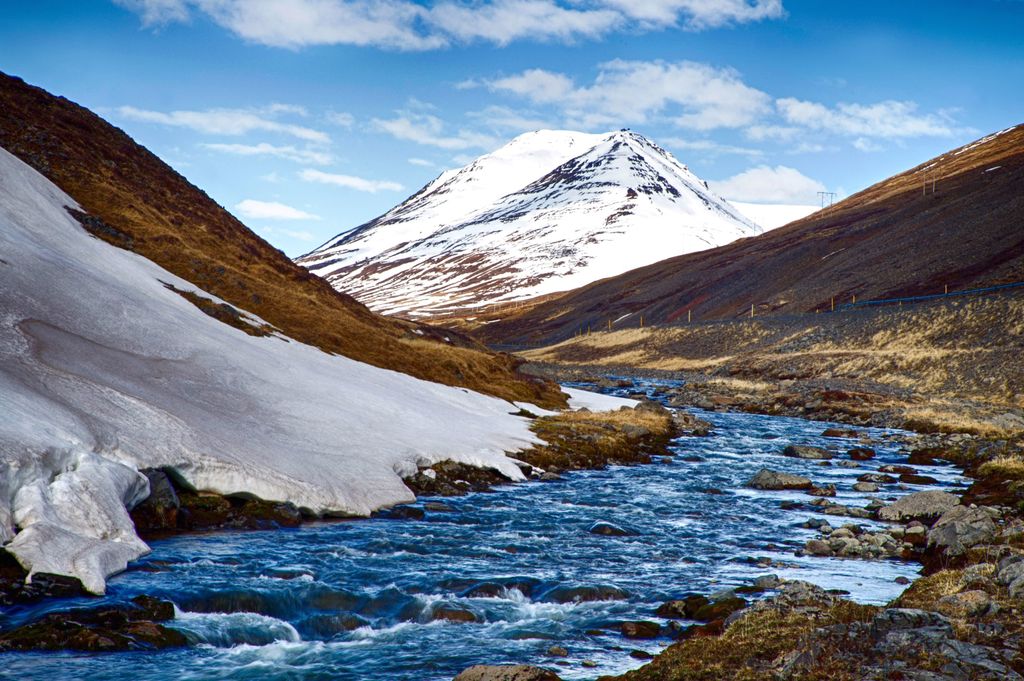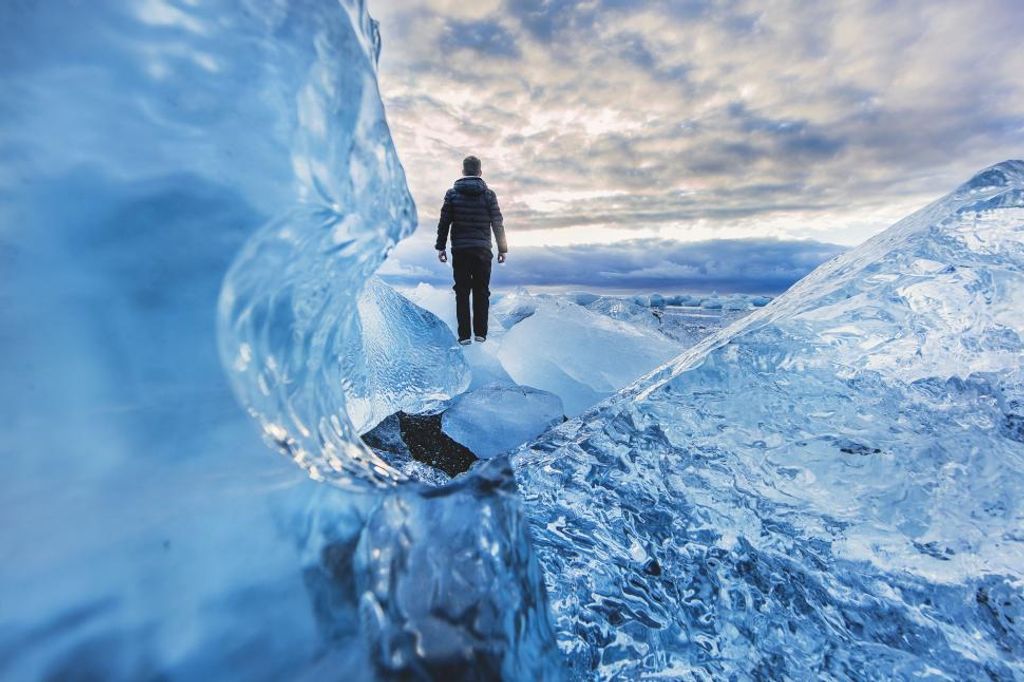
Optimal Temperature for Cold Water Therapy
Benefits of Cold Water Therapy

Physical Benefits
Cold water therapy offers a range of physical benefits that can enhance overall well-being. It can help reduce inflammation, improve circulation, and boost the immune system. Additionally, cold water exposure can stimulate the release of endorphins, providing a natural mood lift and promoting a sense of vitality. For a more detailed comparison of the physical benefits, refer to the table below.
| Benefit | Description |
|---|---|
| Reduced Inflammation | Decreases swelling and pain |
| Improved Circulation | Enhances blood flow and oxygen delivery |
| Enhanced Immune Function | Strengthens the body's defense system |
Mental Benefits
Cold water therapy can have a profound impact on mental well-being. It can help in reducing stress, improving mood, and enhancing mental clarity. Increased alertness and heightened focus are common experiences during and after cold water exposure. Additionally, some individuals report a sense of refreshment and rejuvenation after engaging in cold water therapy.
- Improved mood
- Reduced stress
- Enhanced mental clarity
Tip: Engage in deep breathing exercises while in the cold water to enhance relaxation and mental focus.
Choosing the Right Temperature

Understanding the Impact of Temperature
When it comes to the impact of temperature on cold water therapy, it's crucial to understand that the lower the temperature, the more intense the therapy. This means that colder water can provide a greater shock to the system, leading to increased benefits. However, it's important to find the right balance, as excessively cold water can also pose risks such as hypothermia.
To illustrate this, consider the following table that shows the relationship between temperature and therapy intensity:
| Temperature (°C) | Therapy Intensity |
|---|---|
| 10 | High |
| 5 | Very High |
| 0 | Extremely High |
Additionally, here are some key points to keep in mind:
- Gradually acclimate to lower temperatures to avoid shock to the system.
- Pay attention to your body's response and adjust the temperature accordingly.
Remember: Finding the optimal temperature for cold water therapy is about balance and gradual adaptation.
Factors to Consider
Understanding the impact of temperature is crucial for an effective cold water therapy experience. Consistency is key, as the temperature of the water can greatly affect the desired results. Here are some factors to consider:
- Temperature Range: Aim for a range between 50°F and 60°F for a balance of effectiveness and safety.
- Duration: Start with short exposures and gradually increase the time as your body adapts.
- Individual Tolerance: Everyone's tolerance to cold water varies, so listen to your body and adjust accordingly.
Tip: It's important to find the temperature and duration that work best for you, and always prioritize safety and comfort.
Cold Water Therapy Techniques

Cold Showers
Cold showers are a popular form of cold water therapy that can provide a quick and invigorating experience. The sudden change in temperature can help improve circulation, boost energy levels, and enhance mental alertness. For those looking to start their day with a refreshing jolt, a cold shower can be just the ticket.
If you're considering incorporating cold showers into your routine, it's important to start with shorter durations and gradually increase the exposure to cold water. This gradual adaptation can help your body adjust and prevent any potential discomfort or shock. Remember, it's all about finding the right balance for your individual needs and comfort level.
For a quick comparison of the benefits of cold showers, take a look at the table below:
| Benefit | Description |
|---|---|
| Improved | Enhanced circulation and blood flow |
| Circulation | |
| Boosted Energy | Increased alertness and energy levels |
| Mental | Heightened mental clarity and focus |
| Alertness |
Ice Baths
Ice baths are a popular form of cold water therapy, known for their ability to reduce inflammation and promote muscle recovery. Athletes and fitness enthusiasts often use ice baths after intense workouts to speed up the recovery process. The cold temperature of the water helps constrict blood vessels and decrease metabolic activity, which can reduce swelling and tissue breakdown. It's important to monitor the duration of the ice bath to avoid overexposure.
-
Implement a table for presenting structured, quantitative data. Ensure it's succinct and formatted correctly in Markdown.
-
Use a bulleted or numbered list for less structured content, like steps, qualitative points, or a series of related items.
Remember to gradually decrease the water temperature to acclimate your body to the cold. This can help prevent shock and discomfort during the therapy.
Precautions and Safety Measures

Avoiding Hypothermia
When it comes to avoiding hypothermia during cold water therapy, it's crucial to be mindful of your body's response to the temperature. Monitoring your exposure time and paying attention to any signs of shivering or numbness is essential. Additionally, gradual adaptation to lower temperatures can help your body acclimate more effectively.
To ensure a safe and beneficial experience, consider the following precautions:
- Limit your cold water exposure time, especially when starting out.
- Always have a warm towel or blanket nearby to warm up after the therapy.
- Avoid cold water therapy if you have any existing medical conditions that may be exacerbated by the cold.
Tip: Listen to your body and don't push yourself too hard. It's important to build up tolerance over time and prioritize safety.
Gradual Adaptation
When it comes to gradual adaptation to cold water therapy, it's important to take it slow and listen to your body. Start with shorter exposure times and gradually increase the duration as your body becomes more accustomed to the cold. Consistency is key, so try to incorporate cold water therapy into your routine on a regular basis.
If you're looking for a structured approach, consider the following table to track your progress:
| Week | Exposure Time (minutes) |
|---|---|
| 1 | 2 |
| 2 | 3 |
| 3 | 5 |
| 4 | 7 |
Remember, everyone's tolerance to cold water is different, so adjust the timeline based on your own comfort level.
Stay mindful of any signs of discomfort or excessive shivering, and always prioritize your safety and well-being.


